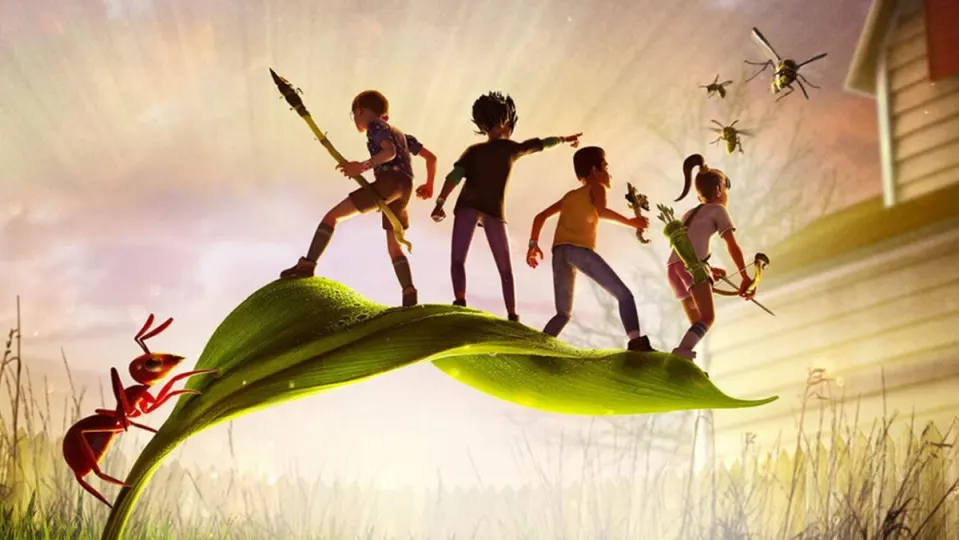Grounded is one of the more interesting FPS games in the industry. The game lets you explore your garden, but you’re only as big as some of the insects you’ll come across. So if you like the idea of being the size of a thumbtack and finally getting revenge on that colony of ants that stole your Halloween candy that one year, this is the guide for you.
In the following article, we’ll show you dynamite tips for surviving in Grounded, but we’ll also give you a list of useful items and how to get them. We won’t call this the definitive guide to Grounded, but that is most likely going to be in the works soon.
How to survive in Grounded
Unleash your inner master builder

One of the keys to surviving Grounded is to build your way to safety. When you’re only the size of a thumbtack, even a small garden is full of things that may want to do you harm, and the best way to protect yourself early on is to get a base set up. This should be close to a water source and a source of food. Otherwise, you may find yourself running out of both vital resources. You’ll also want to make sure that you’re not within close proximity to any predators, as this could prove your early structure to be useless.
As soon as you can, you’ll also want to build utilities such as the mushroom garden and dew collector. These will provide you with decent amounts of sustainable food. When building, ensure that you start with the shell first. If you start by placing down utilities, they might impede your wall placement. Also, remember that it’s always better to overbuild in this game. If you start off too small, it can be difficult to upgrade your base later.
Collect everything
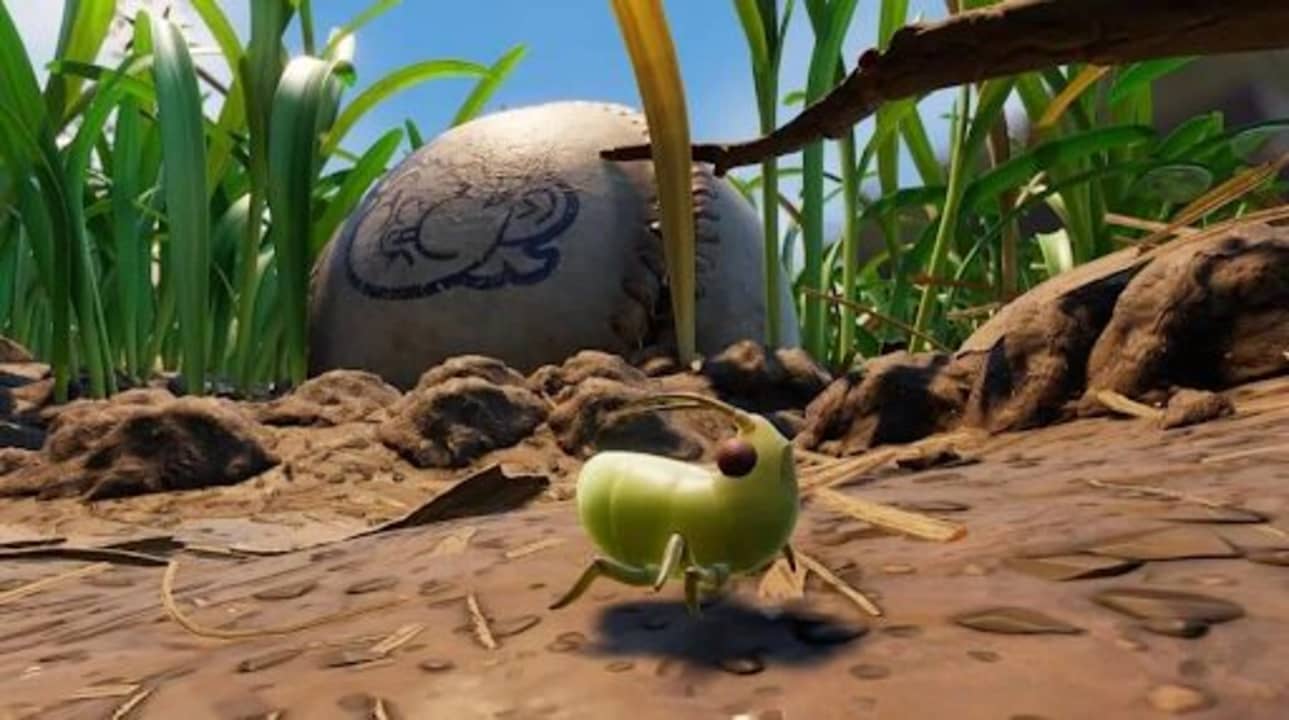
Sometimes, the simple act of collecting an item can earn you a brand-new recipe. Even in the case that it doesn’t, you may be able to unlock new recipes by taking your collectables to be analyzed. The other plus to collecting everything you lay your eyes on is that you never know when you’re going to need something that you’ve walked past. In Grounded, it’s always better to have a surplus than a deficit, even for items that you may have no immediate use for. Resources can also help you upgrade your base, which is always the best line of defence against the creatures you will encounter.
Red eyes mean danger
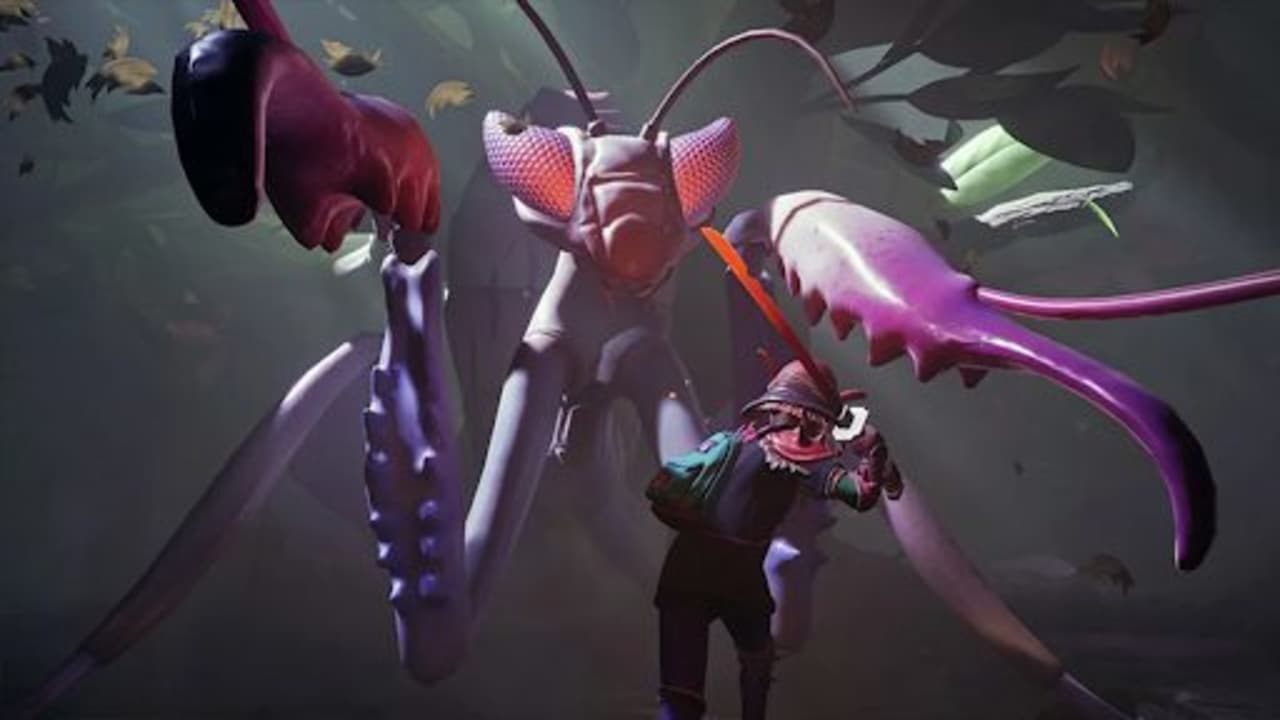
Red eyes rarely have a positive connotation. Usually, as in the case of Grounded, red eyes signal danger. In Grounded, if an insect has red eyes it means that it has taken an aggressive position. This isn’t always going to be aimed at you. There are many things in the garden that can cause an insect to lose its temper. However, to stay on the safe side, if an insect has red eyes, keep away as much as possible.
In the event that you get taken off the census by an insect in rage mode, watch its eyes when you respawn. If its eyes are still red and its still around your body, hang back for a while. Once the creature’s eyes are no longer red, you should be able to fetch the gear that you unceremoniously dropped when you died.
Explore the garden
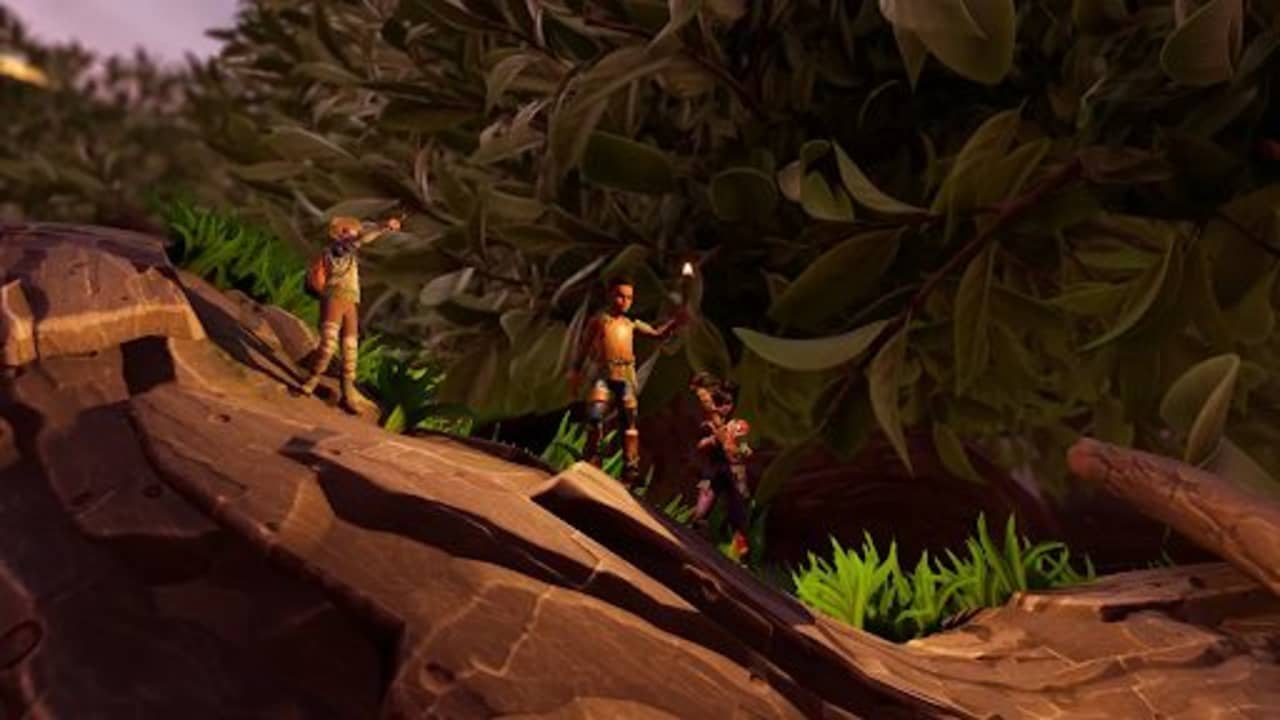
Exploration is the easiest way to familiarize yourself with your environment, identify safe spaces and potential threat-infested regions, and find resource rich areas. Even though, at the time of writing, the garden isn’t all that big, it’s still a decent space to explore when you’re the size of a thumbtack.
One of the most useful resources, raw science is found in abundance in the garden. However, it won’t just fall on your head like the famous Newtonian apple; you’ll have to work to reach it. In the same way, even though the garden is teeming with resources, some are a little trickier to get your hands on than others. For instance, if you have your sights set on an ant club, you’ll need to finish off a few soldier ants to get it. These are all over the ant hill ,though, so it should at least be easy to find them.
Keep an eye on the grass
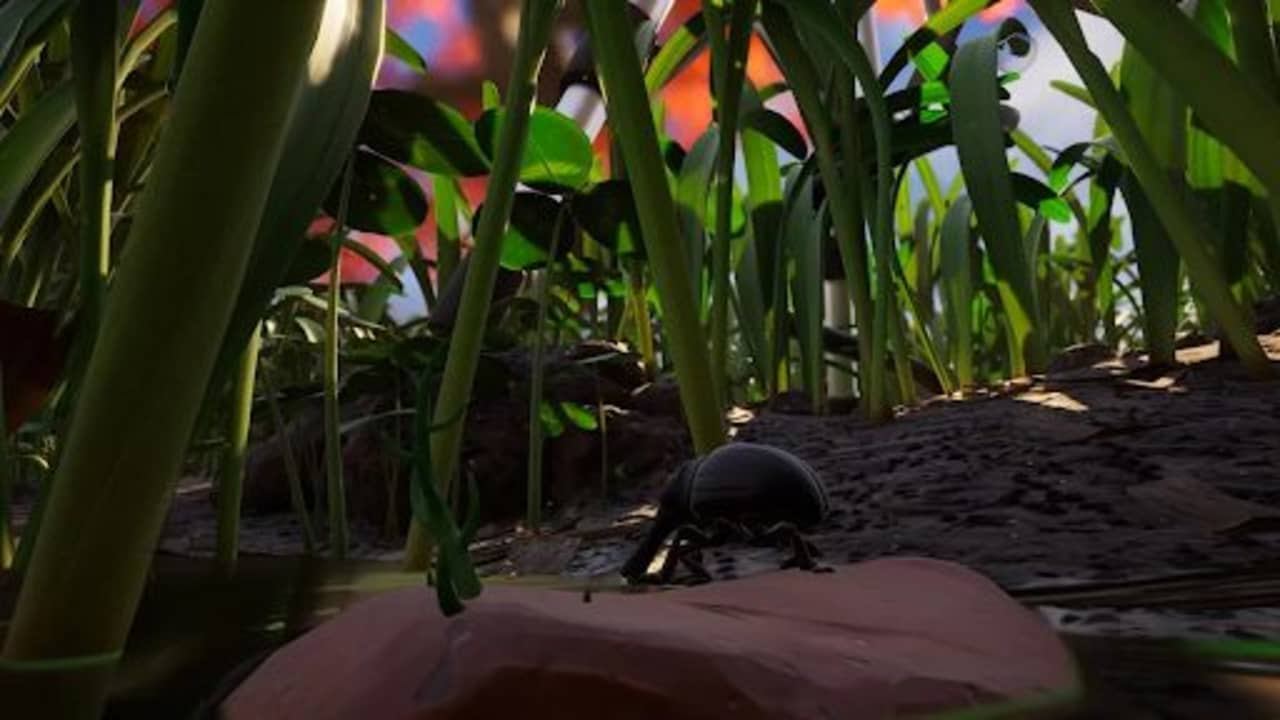
There are many things in the garden that could cause grass to move. Sometimes the culprit is a strong gust of wind, but more likely, it’s a predator. Predators like spiders move the grass as they approach you. Even though you can’t always see them through the grass, you can see what kind of movement the grass displays.
If the grass moves a lot, it’s likely a large predator. If the grass only moves a little, you might be able to show the predator who’s boss. With larger predators, it’s recommended to head in the opposite direction until you have the weapons and skill with which to face them squarely.
List of resources
That concludes our five top tips for surviving in Grounded. However, we promised you a list of resources and where to find them, so here you go!
- Pebbles – found abundantly throughout the garden.
- Plant fiber – gained by cutting stems left over from cut grass or as tiny leaves.
- Sprigs – tiny stalks that grow in abundance in the garden.
- Spider silk – gained from attacking spiders or spider webs.
- Sap – harvestable from sap nodes. Can also be found on trees and the floor.
- Weed stems – harvested with a level 2 axe. Abundant in the garden.
- Grass planks – gained by cutting down grass.
- Acorn – smash an acorn with a hammer to collect acorn tops, shells, and bits.
- Ant bits – gained by killing ants. Ants are scattered across the garden, bit most abundant near ant hills.
- Acid glands – harvested from soldier ants, the ant hill would be your best bet for this.
- Dry grass – you’ll find this mixed in with standard grass, or in drier patches. Watch out for aggressive insects in dry grass.
- Thistle needle – harvestable from the purple flowers east of the flower garden.
- Dandelion tuft – harvestable from dandelions, cutting one down will drop a tuft too.
- Mite and gnat fuzz – gained by killing gnats or mites in the lawn or around water sources.
- Berry chunks – harvested from near the southern hedge.
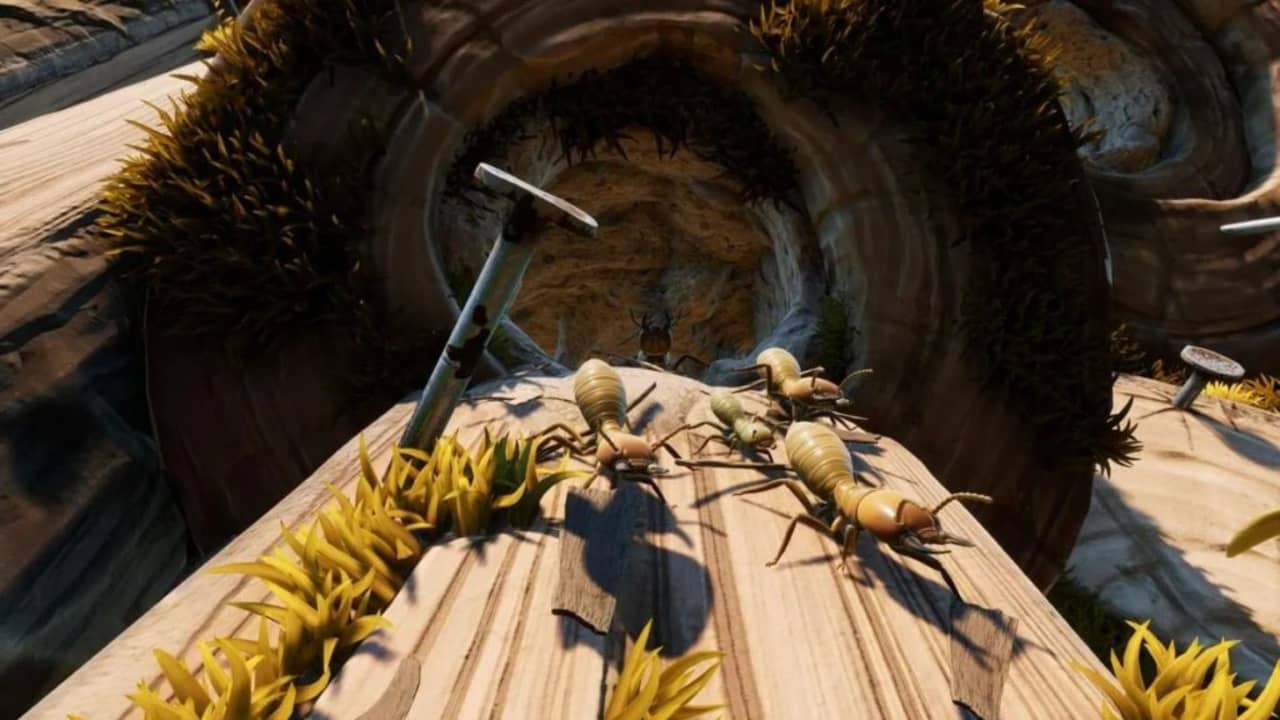
Being Grounded isn’t all that bad
As we’ve highlighted above, there are numerous strategies for success in Grounded. Even though you’re stuck on the ground most of the time and almost everything wants to kill you, following our guide will help you learn the necessary skills to survive the treacherous landscape of the garden. Your primary focus should be on building in the early game.
But, as your defenses increase, you can spend more time gathering resources and building all sorts of interesting utilities to make life easier for yourself. Only take on creatures you know you can kill. As you get stronger, the prey you can catch is bound to get bigger. Remember that almost everything is a resource, so collect everything you see, even if its use isn’t immediately obvious.
